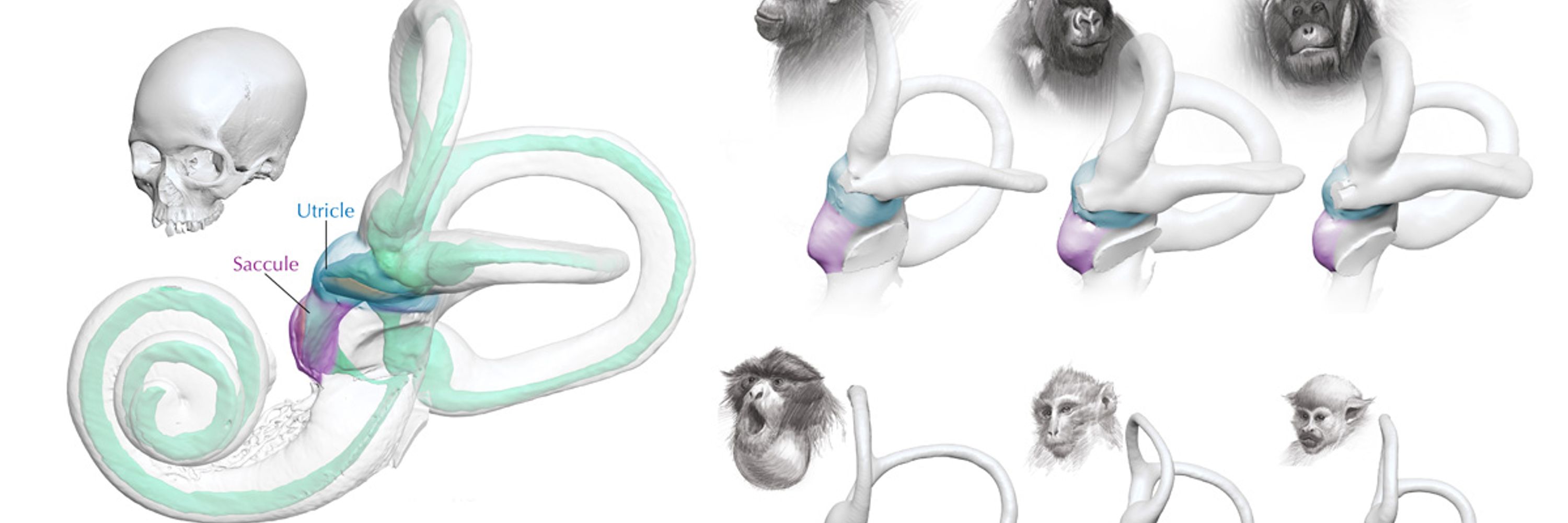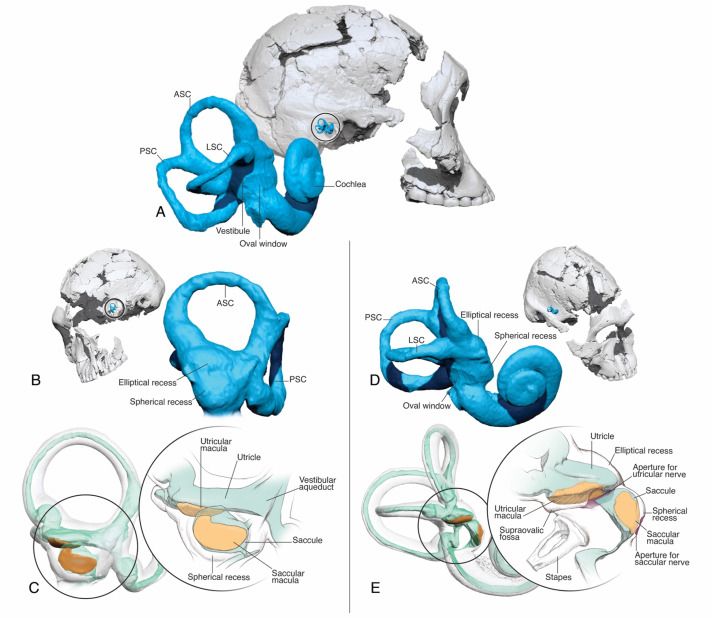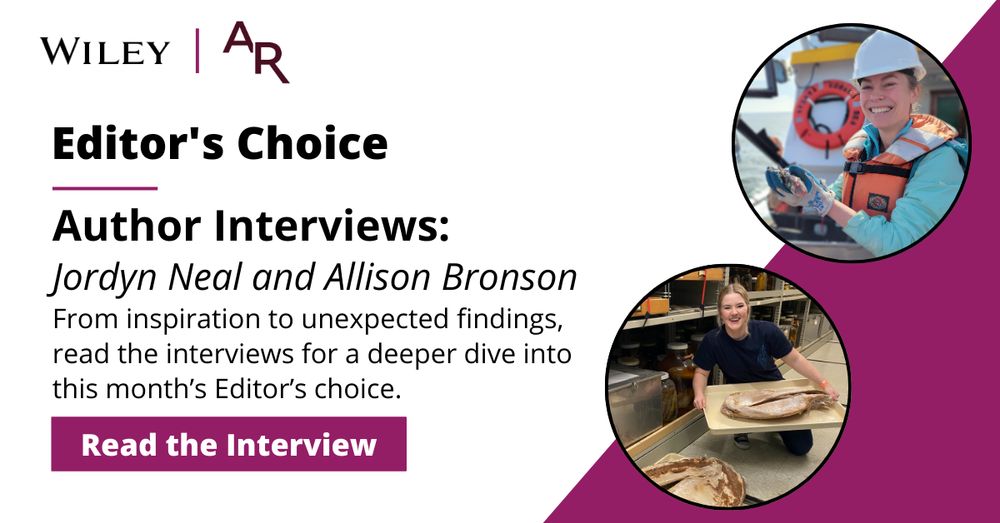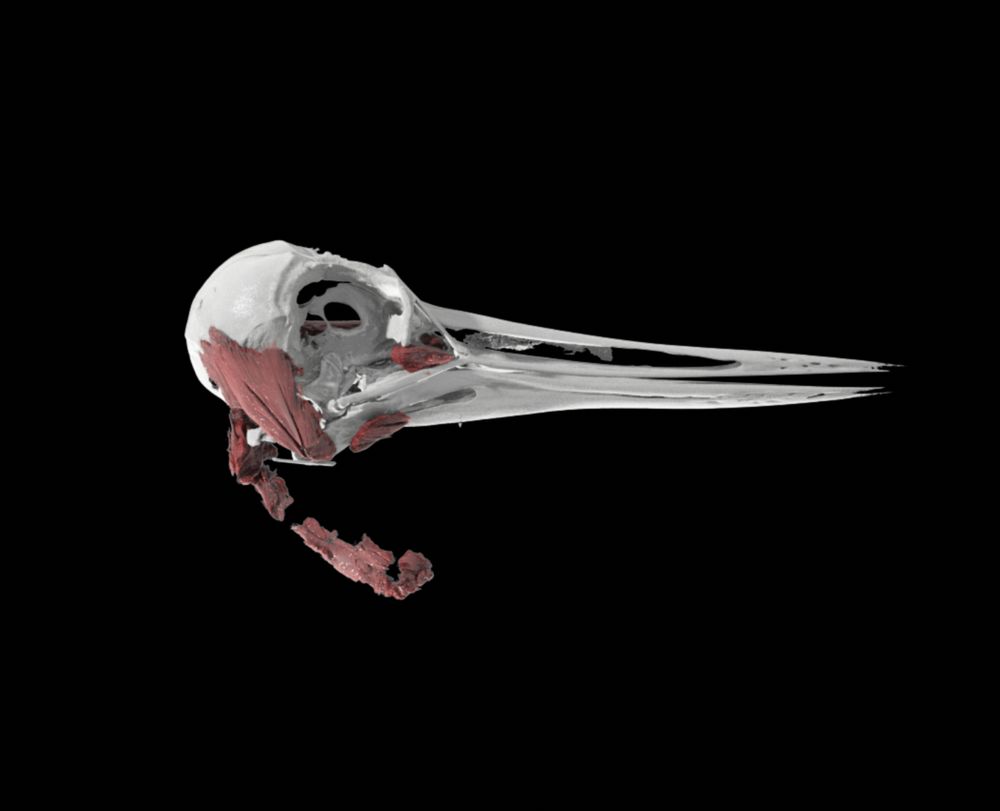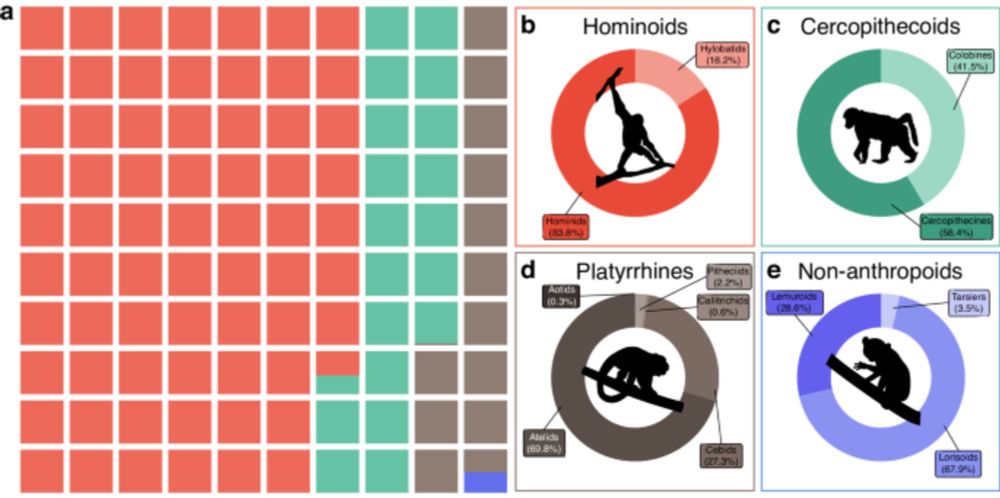Christopher M. Smith
@csmithevoanatomy.bsky.social
210 followers
160 following
18 posts
Asst Prof @ Fairfield University | Evolutionary Anatomist👂 🧠 💀 | Board Certified Medical Illustrator | www.csmithevoanatomy.com
Posts
Media
Videos
Starter Packs
Pinned
Reposted by Christopher M. Smith
Dr Alana Sharp
@acsharp.bsky.social
· Jul 3
Building giants: tissue relationships during skull growth in large mammals | Courses | University of Liverpool
From elephants to rhinos to bison, enormous increases in body mass have repeatedly evolved within Mammalia over relatively short timescales, leading to a diversity of size and shape. In this project, ...
www.liverpool.ac.uk
Reposted by Christopher M. Smith
Reposted by Christopher M. Smith
Reposted by Christopher M. Smith
Caley Orr
@caleyorr.bsky.social
· Mar 27
Reposted by Christopher M. Smith
Reposted by Christopher M. Smith
Reposted by Christopher M. Smith
Griffin Lab
@griffinlabpaleo.bsky.social
· Jan 15

Growing with dinosaurs: a review of dinosaur reproduction and ontogeny | Biology Letters
Since the start of the twenty-first century, there has been a notable increase in
annual publications focusing on dinosaur reproduction and ontogeny with researchers
using these data to address a rang...
royalsocietypublishing.org
Reposted by Christopher M. Smith
Dr. Headbutt 🌈🧪
@nicoleackermans.com
· Jan 7
Reposted by Christopher M. Smith
Reposted by Christopher M. Smith
